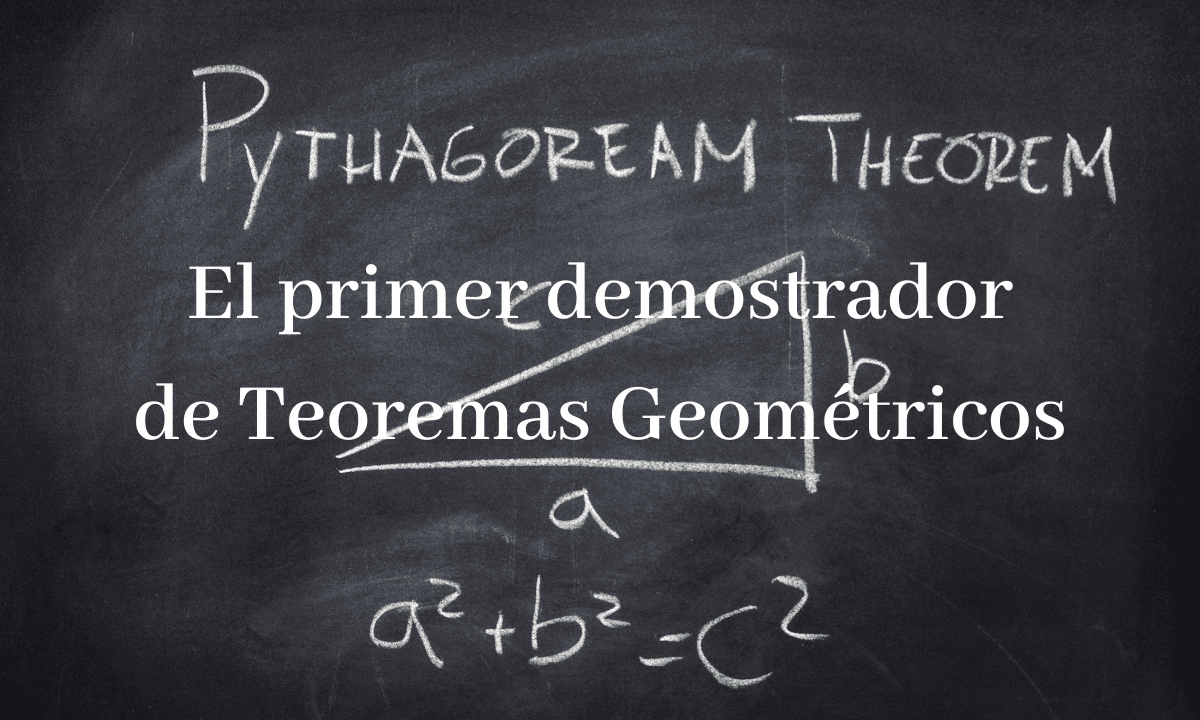
For decades, IBM was the undisputed leader of the computing industry. Even today, although it does not occupy the preponderant role that it once did, his work continues to be relevant. However, in the case of Artificial Intelligence, the entry and exit of IBM was quite fast although very important.
In the fifties, research in this discipline was considered an integral part of the knowledge necessary to build better computers. So IBM decided to give the green light to the development of a program that would solve theorems.
The in and out of IBM
we had seen in previous articles that Simon and his team succeeded with a program that proved mathematical theorems. For this, they had to create a new programming language.
The challenge facing IBM had an additional problem. In order for the computer to prove a geometric theorem, it had to see the figure. Web cameras and software capable of processing images had not yet been invented.
The team chosen for the task It was the IBM 704. Regarded as one of the world's first supercomputers fIt was the first to incorporate hardware floating point.
Floating-point operations include addition, subtraction, division, multiplication, and square root calculations with very large or very small numbers.
It also had magnetic core memory that was faster than the magnetic drum system used in previous models and was capable of executing forty thousand instructions per second expressed in 36-bit instructions.
The software took three years to be ready as its manager, a physics doctor named Herbert Gellenter, tHe had to invent a new programming language that could manipulate symbols like IPL but that had the ease of programming Fortran, a development by IBM itself for the creation of applications for scientific calculation.
The program received information about the geometric figure with which it had to work in the form of a series of coordinates entered in the form of punched cards and he was deducing intermediate results from the known data.
The software became known as the Geometry Theorem Prover (Geometry Problem Prover) and based on those properties that it could verify in the drawing he managed to solve a two-step theorem to twenty-five different possibilities when, doing it blindly, he would have to analyze a million.
The geometry problem tester was the first to use a technique known as model referencing.. Unless you landed on a flying saucer 5 minutes ago, surely you have heard about one of the latest results of the application of this technique: ChatGPT.
In the field of artificial intelligence A model is a representation of a complex process from which inferences can be made. In the case of the tester, the model was the coordinates of the geometric figure, in the case of ChatGPT a model capable of processing human language.
Other IBM computers were doing less serious things like learning checkers or chess. In the first case, the objective was to see if a machine was capable of learning about its opponent's way of playing. He finally managed to beat him so it looks like he did.
IBM's early successes were also the cause of its abandonment of this field. Computers dedicated to playing chess and checkers were very successful with the press, but not so much among the company's shareholders who considered it a waste of money.
To this we must add that the marketing department of the company He noticed that among his potential clients the distrust towards computers was increasing. There was fear among those in charge of acquiring them that their purchase would end up replacing them.
Research in Artificial Intelligence was abandoned and the new marketing strategy was to characterize computers as data processors that only did what they were told.
Will the same happen with the new tools now so in vogue? Will they be banned from companies for fear that they will end up occupying the highest positions?
We will have to wait to see it.